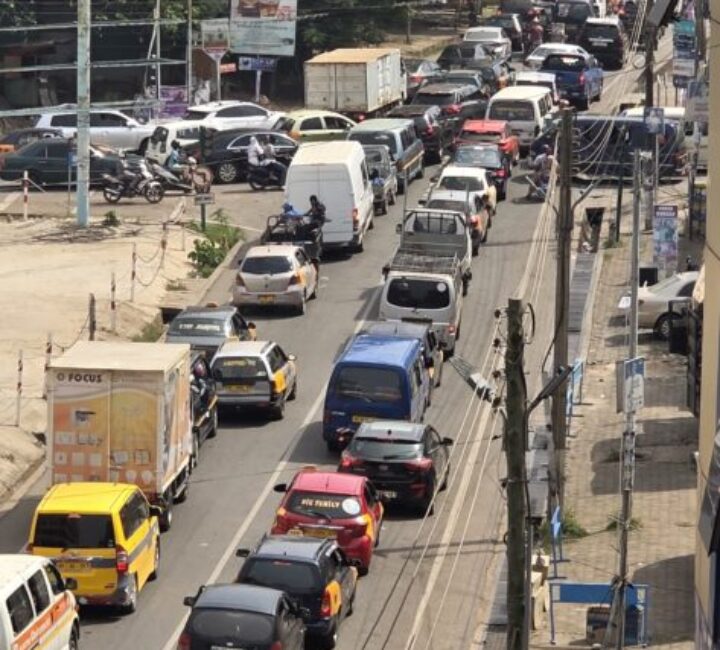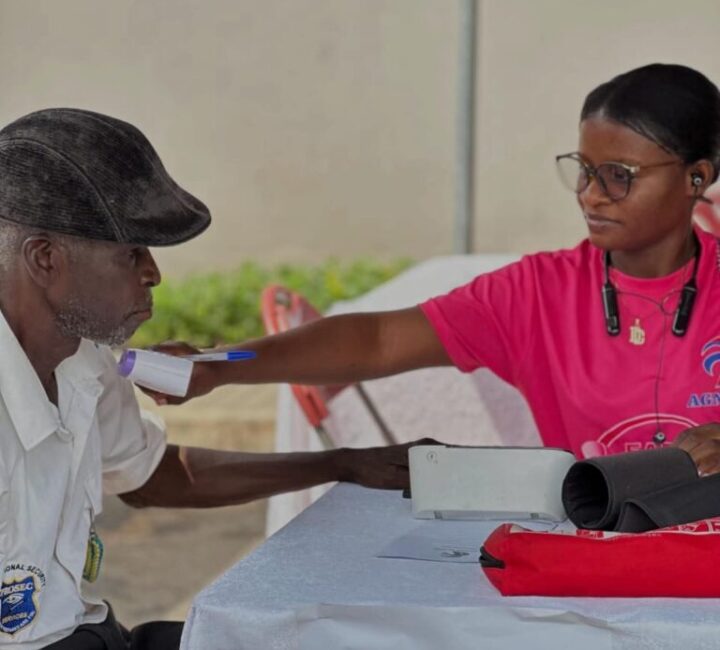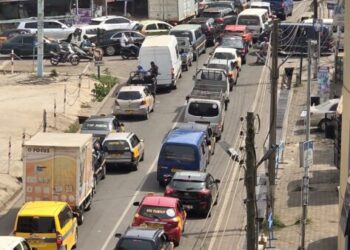Mark Tonymevor, an Urban Mobility Analyst at the World Resources Institute (WRI), is alarmed by the rate of pedestrian insecurity and high risk in road crashes, attributing it largely to poor road designs.
He made this statement at a day-long road safety training workshop for journalists in Kumasi, organized by the Kumasi Metropolitan Assembly and the Bloomberg Initiative for Global Road Safety (BIGRS) on May 15, 2025.
According to him, poorly designed roads significantly contribute to the rising number of road crashes, particularly affecting vulnerable road users such as pedestrians.
A WRI research suggests that globally, 1.24 million people lose their lives to traffic crashes annually, with over 92% of these fatalities occurring in low- and middle-income countries, including Ghana.
The research furthered that, 80% of roads are not pedestrian standards, with only 2% having cycling lanes.
He lamented that most roads lack sidewalks, crosswalks, and bike lanes, thereby putting vulnerable road users at risk.
According to him, narrow roads, lack of lanes, and poor road surfaces increase crash risk.
Furthermore, he lamented that inadequate lighting, obstructed views, and lack of reflective markings reduce driver visibility.
To mitigate these challenges, he called for improved road design and safety features on roads.
By prioritizing safer road designs and sustainable urban mobility, he’s of the view that cities can reduce traffic fatalities and create more livable environments for their residents.
“Our designs should encourage walking, cycling, and public transport to reduce vehicle use and minimize road crashes,” he emphasised.
BY Thomas Awuah Asem
Kumasi



















































